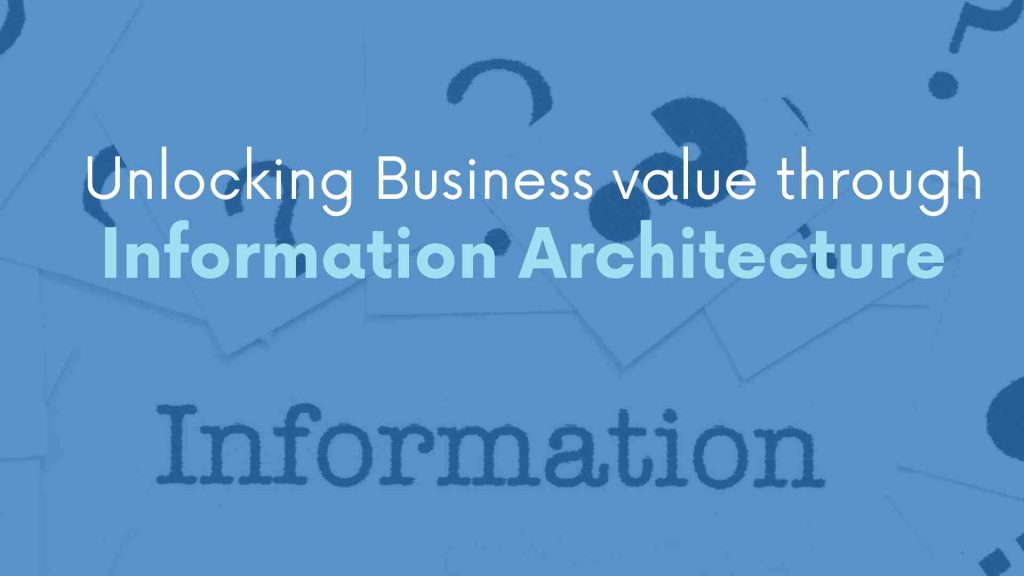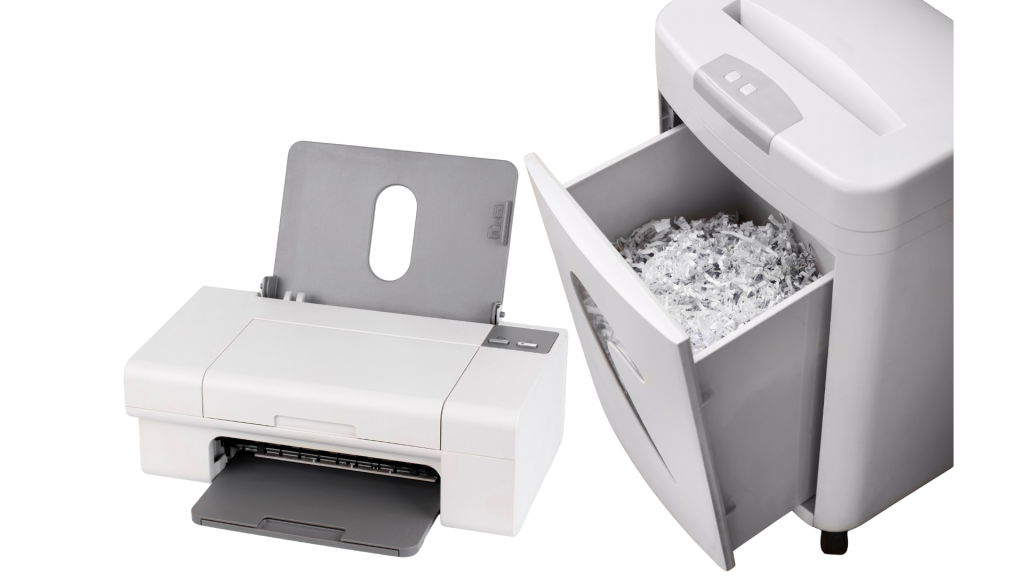
Everyday organizations process lots of documents such as invoices, contracts, insurance claims, financial statements, medical records etc. These are unstructured data which has a lot of hidden valuable insights which is untapped.
How do you ensure you tap on this for strategic growth? This is where the need for Information Architecture comes in.
Key Takeaways
- Paper files makes valuable knowledge inaccessible in real time and is costly to maintain.
- There are opportunities for growth in digital documents.
- Information Architecture organizes, secures, and makes data useful.
- A good system needs proper tagging, access control, central storage, lifecycle rules, and a good user experience.
- Implementation involves planning, testing, deploying, and continuous improvement.
- Gains include faster search, no duplication, better compliance, smoother teamwork, and easier knowledge sharing.
Despite advances in technology, many organizations are still using the manual data entry. They spend a lot of hours extracting information from PDF files, scanned documents, etc. This is time-consuming and error-prone. It prevents the organizations from scaling and slows down response to business demands.
What is Information Architecture?
Information Architecture is like having a library. It is a structured, well-designed and management of the company’s information.
It is a platform where a company organizes, Labels and manages its information.
This enables people to access, use and deeply understand the knowledge hidden beneath.
And would ensure the company meets its business goals, compliance requirements and user needs.

Find Tools to manage your Confidential Information
Find the right Tools to manage your Confidential Information.
Digital Scanners – Assess and Choose the Right Scanner for Your Needs.
Document Shredders – Choose a document shredder that works for you to ensure your information is safe.
Why Information Architecture?
A lot of companies still store their files in paper form, even though technology has made it possible to go digital. Many avoid digitizing because it seems expensive and not worth the effort. So, they stick to the old way—filing cabinets full of paper.
But here’s the problem: those papers just sit there. Companies keep them mostly out of fear—fear of being fined by regulators if they throw them away. What they don’t realize is that those documents are actually a hidden treasure. If converted into digital format, the information inside could help the company grow, make smarter decisions, and become more efficient.
With the right information architecture—a system that organizes, stores, and manages information properly—companies can:
- Stop wasting time with duplicated or scattered files.
- Stay compliant with record-keeping rules.
- Improve user experience, so employees actually enjoy using the system.
- Discover valuable knowledge easily.
When information architecture is aligned with business goals, it drives productivity, teamwork, and digital transformation.
What’s Required to Create Good Information Architecture?
A good Information Architecture is made up of a number of components which are
- Metadata and Classification – Adding consistent tags and labels to make documents easy to find.
- Access Control – Setting permissions so only the right people see sensitive information.
- Central Repository Design – Creating one organized hub for all documents, built to grow as the company grows.
- Lifecycle Governance – Setting rules for creating, keeping, archiving, or deleting content—automated when possible.
- User Experience – A simple, user-friendly platform that encourages adoption.
Steps to Implement Information Architecture
- Planning – Identify business needs, content types, users, and what success will look like.
- Needs Assessment – Talk to stakeholders about their struggles and future needs.
- Selecting a Platform – Pick a tool that fits the company’s needs and integrates with other tools.
- Piloting – Test with a small group, train users, and manage change before full rollout.
- Full Deployment & Monitoring – Launch the system and track results with analytics.
- Support & Improvement – Keep evolving the system as the business changes.
Gains of Information Architecture
- Finding documents becomes fast and easy.
- No more redoing work or storing duplicate files.
- Smooth transfer of knowledge between employees.
- Better compliance and readiness for audits.
- Easier creation of self-service portals for teams.
Information Architecture and AI [Artificial Intelligence]
Information Architecture ensures your data in documents, emails, reports and records are structured through metadata, classification and lifecycle rules. This is to enable AI to easily search, read and analyze the content.
Information Architecture breaks down silos by centralizing documents in a repository, enabling AI to pull the right information instantly.
Information Architecture provides organized, well-labelled information. This enables AI to apply pattern recognition, trend analysis and predictions. This turns stored documents into strategic assets for planning, risk reduction and innovation.
Information Architecture puts in place rules of retention, access and classification. This enables AI to automate monitoring, flagging anomalies, missing documents or compliance risks.
Information Architecture ensures information is not locked in one department. AI tools provide insights across teams and connect them to the right information faster.
Conclusion
Information Architecture is more than just storing files digitally—it’s a strategy for growth. It helps companies unlock the value of the information they already have, while also boosting compliance, teamwork, and efficiency.